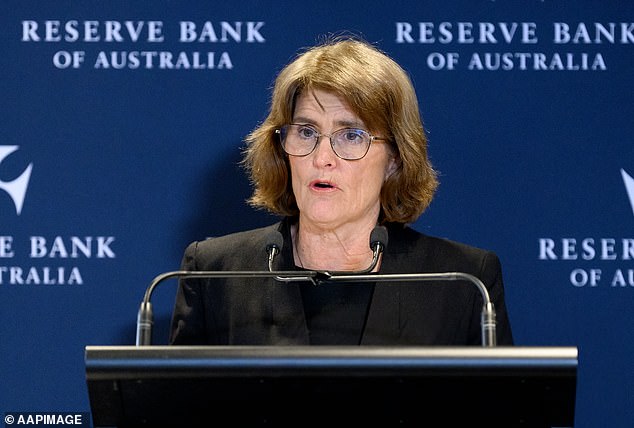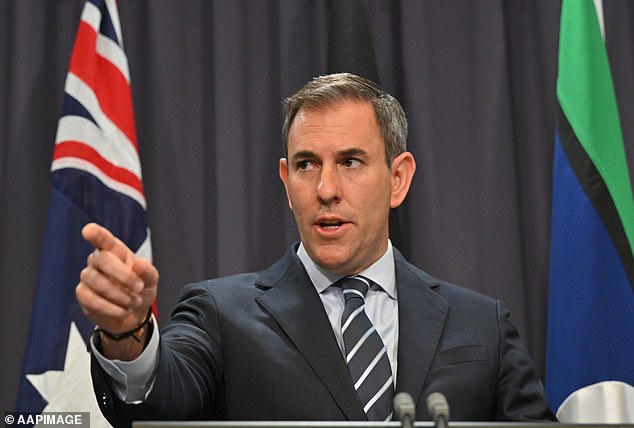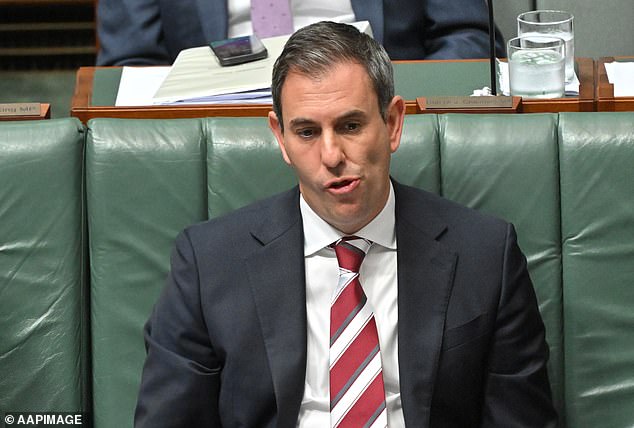Last week’s news that inflation had fallen in the US – so that it is now squarely in the middle of the 2-3 per cent target range that the Reserve Bank of Australia would like its inflation rate to be – is proof positive that taking tough decisions eventually pays off.
This is why interest rates in the US are also expected to fall this week.
That’s not something we’re likely to see here in Australia before the next election, no matter how hard the Treasurer tries to twist the arm of RBA Governor Michele Bullock.
Why? Because our inflation figure is well above the RBA’s target range and shows little sign of falling enough to force rates down, thereby easing the pressure on struggling households.
That’s no matter how much former Treasurer Wayne Swan complains about why the RBA needs to cut rates before inflation gets back under control. He’s just cheering on his former policy team member and now Treasurer, Jim Chalmers.
Interest rates in the United States are actually higher than ours because when inflation was too high there their central bank did the right things to make sure they didn’t create high inflation.
By raising rates more dramatically than we did.
What has happened here is exactly high built-in inflation, in part because our rates should have risen more than they did in the first place.
Treasurer Jim Chalmers (pictured) is not prepared to make the kind of tough economic decisions that would help reduce inflation and rates.
Once under the Morrison government, during the 2022 election campaign, and a dozen times since Labor was elected.
But inflation is also too high because government spending now only increases inflationary pressures, making it even harder for the RBA to cut rates than it would have been otherwise.
We saw the RBA’s conundrum clearly when the latest national accounts were published, which revealed that Australian government spending is growing at seven times the rate of the economy.
Reflect on how unsustainable this is.
No responsible RBA governor can recommend a rate cut in a climate like this, when unemployment also remains low. Much less when the current Treasurer’s former boss is putting pressure on him to do so.
It was therefore irresponsible of Chalmers to also criticise the RBA, saying it was responsible for “wrecking” the economy and that higher than ideal interest rates had done the damage.
These rates are not even at the levels of comparable countries like the United States, and as a result, our inflation is not falling as much as the US rate is.
There is no painless way out of a period of high inflation.

Fed Governor Michele Bullock has so far refused to bow to political pressure to cut rates while inflation remains too high.
Governments basically have two fairly binary options, if they don’t just close their eyes and hope for the best:
1/ Tackling the problem head on, using rates to end high inflation, and accepting the short-term pain that this entails.
EITHER,
2/ Pretending that the high inflation crisis can be massaged out of painlessly by not doing enough to treat the symptoms of the problem (and even making it worse with government aid and spending that fuels inflation) so that in the short term there is less pain but it persists for much longer.
Whether through a lack of credentials and economic training (Jim and his finance team have neither) or misguided ideological dogma (they seem to have that in abundance), Labour has opted for the latter path to inflict long-term pain on voters that is not too acute.
That is precisely why Australia still has an inflation problem that other parts of the world no longer have.
While the timing of the next election may not be convenient for Labour (Albo and his team would prefer rates to come down before the campaign rather than remain stubbornly high), the timing is actually worse for the rest of us.
This is because in an election campaign like the current one, in a difficult political climate, it is inevitable that our politicians will try to buy votes with big spending plans.
This in turn will put further upward pressure on inflation, making the task of bringing it back down to the RBA’s 2-3 percent range even more difficult to achieve after the election.
Labor is certainly sending those signals, and while the Coalition is talking tough on taxes, it is unlikely that once the campaign gets underway it will be able to avoid trying to match (or outdo) Labor’s spending spree in its own quest for votes.

Treasurer Jim Chalmers (pictured) is trying to blame the Reserve Bank for tough economic times.
So where does all this leave us?
Sadly, only in one place: regardless of who wins the next election, Australia’s slow and painful economic circumstances will likely persist.
And with opinion polls suggesting a hung parliament is looming, the Greens’ role in the policymaking process is set to increase rather than decrease.
Every Australian knows full well that the Greens are recommending far more spending than either of the two major parties has ever done. They are also suggesting higher taxes, which risks further suffocating an already anaemic economy.
To negotiate and secure Green support in a minority government, the majority party that succeeds will have to commit to spending more than it pledged during the campaign.
All of this explains why high inflation is likely to persist, unless the economy really collapses.

